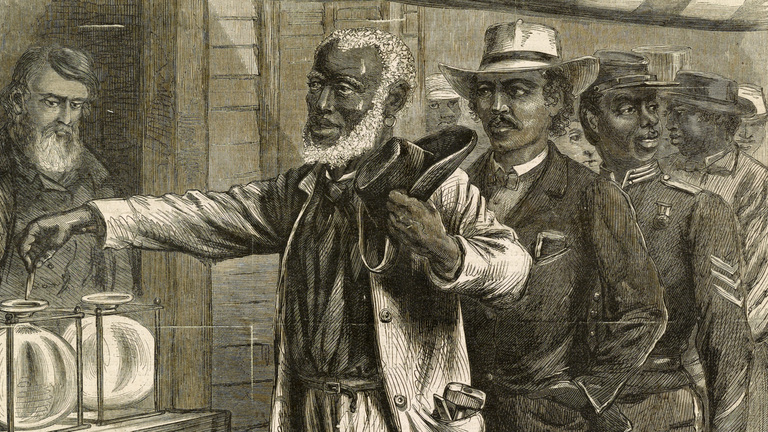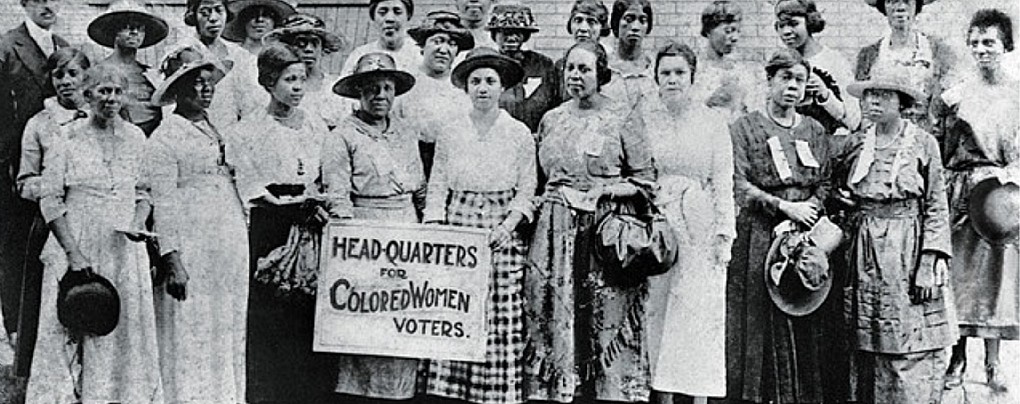tl;dr: In this last post of the series I talk about why I care about the redistricting issue, and why I spent the time to create this series.
[This is part 7 of a seven-part series. See also part 1, part 2, part 3, part 4, part 5, and part 6. I also wrote a follow-up post that can be viewed as an alternative to part 5.]
In the first post in this series I proposed a comprehensive overhaul of the way we elect the Howard County Council:
- Expand the council from five to fifteen members.
- Reduce the number of council districts from five to three.
- Elect five members in each district using ranked choice voting.
- Draw the district lines using an automated process overseen by an independent nonpartisan commission.
In this final post I discuss what motivated me to spend the considerable amount of time it took to research the issue of county council redistricting, to analyze the data and find software to create a proposed district map, and to write this series.
Why do I care about this?

Ex-slaves vote for the first time after the Civil War. Image originally published in Harper’s Weekly, now in the public domain.
As I discussed in a previous post, my proposal would reduce the likely Democratic majority on the Howard County Council and allow Republicans to win proportionally more seats than they currently do. My fellow Democrats might therefore ask me, “Frank, what the heck are you thinking?!?” My answer is as follows:
First, in addition to being a proud and lifelong Democrat I am a strong believer in the value of liberal democracy: that liberty is best secured by a political system in which every person has equal power to influence government actions through their votes. Partisan gerrymandering and other forms of voter suppression work against that ideal.
The Republican Party was once the party that freed the slaves, amended the Constitution to help secure their rights, and made it possible for some of them (i.e., the men) to vote for the first time ever. How the GOP wishes to treat that great legacy through its present-day actions is its own business.
But my own party has evolved from being the past architect of Jim Crow, and I abhor anything it might do that reminds us of the days of the poll tax, voter “literacy” tests, and other measures that served to make the votes of some people worth more than those of other people.
Second, if we are ever to move beyond our current polarized and poisoned political environment then that process will have to start at the local level, where the rewards for political misbehavior are less and a dedicated movement for electoral reform might have a better chance of being successful.
Finally, I believe that campaigning in a more competitive political environment will ultimately be good for the Democratic Party. Partisan gerrymandering can make for a weak party: why bother doing the hard work of grassroots organizing when you can just redraw district lines every ten years to give yourself a structural advantage over the other party?
(And as a corollary, a weak party is a party that can find itself taken over by politicians primarily interested in their own success rather than that of their party and their fellow candidates and elected officials.)
I think that improving the future prospects of the Democratic Party at a state and national level starts with building strong county- and city-level party organizations. Running under a ranked choice voting system would mean that those organizations couldn’t afford to get lazy when it comes to winning elections. And a stronger Democratic party that can win competitive elections means increased opportunities to advance the interests of Democratic voters and of Americans in general.
Betting on an alternative

Black women at a suffragist meeting in Georgia circa 1910–1920. (Click for a higher-resolution version.) Original photograph by Johnston’s Studio of Columbia SC, now in the public domain.
OK, so I care about this issue. But why spend so much time working on this series of blog posts and the data analyses behind them, when it’s not clear that anyone else cares about this? As David Clifton remarked on Facebook, “I haven’t noticed people lining up outside the council building to complain they feel they have inadequate representation.”
Maybe he’s right. Maybe Howard County Republicans don’t care that they only have 20% of the seats on the county council despite having at least a third of the vote share. Maybe Democratic voters in District 5, or Republican voters in some other districts, don’t care that they don’t have a realistic chance of electing a council member from their own party.
Maybe young Democratic activists looking to run for elective office are happy to wait a decade or more for one of the few county council seats to open up, as Democratic council members are term-limited or move on to other offices. Maybe all the people with political ambitions in Howard County are content to work within the current two-party system.
And maybe Chinese-Americans, or Indian-Americans, or Korean-Americans, or people of Hispanic origin, or members of any of the other racial and ethnic groups in the county, don’t mind that no one of their background has ever been elected to the county council.
The work I put into creating this series of posts is in effect one big bet that there are people out there who are not happy with the way we currently elect the Howard County Council, and would like to see some alternative proposals. But the alternatives that have traditionally been on offer—an increased number of single-member districts, or a few at-large seats, both elected by the traditional “first past the post” method—will likely not address people’s concerns.
We know this because Howard County has already tried these methods: The initial use of five at-large county council seats led to Democratic dominance on the council beyond what the Democratic vote share would warrant. Howard County Republicans put a lot of effort into promoting and ultimately achieving a switch to five council districts, only to eventually find that this mechanism was vulnerable to Democratic gerrymandering of the district lines.
The computer scientist Alan Kay once said of the original Apple Macintosh that it was “the first personal computer good enough to be criticized”. That was my goal with this series of posts: to put forth an alternative plan for Howard County Council redistricting that seriously attempted to address issues with the current council district system, was backed up by a reasonable amount of data analysis (sufficient at least for a first attempt), and produced a district map and associated party and racial/ethnic breakdowns that could be usefully evaluated and compared against other alternatives. Whether or not I’ve succeeded in that goal I leave to others to judge.
Anyway, that’s it for me. I’m a blogger, not an activist or organizer. If anyone else wants to take these ideas and run with them they’re welcome to do so. In the meantime I’d be happy to answer any further questions and concerns others might have about this proposal, and will update the previous Q&A post as appropriate.
For further exploration
There are a number of other explorations that could be done relative to Howard County Council redistricting and alternative electoral systems. I list some of them here in case anyone wants to take them on.
- Repeat my redistricting analysis, but using census blocks as the basic unit of the districts instead of precincts.
- Do simulations of ranked choice elections for the proposed three districts using one of the many RCV simulators available. (Just do an Internet search for “ranked choice voting simulator.”)
- Repeat the redistricting exercise I did, but for other numbers of council districts or members per district, for example five districts with three members each (for the same total of fifteen members as my proposal) or three districts with three members each (for a total of nine).
- Do an analysis of the current five single-member council districts, but using ranked choice voting (in this context known as “instant-runoff voting or IRV) instead of “first past the post.”
- Repeat the previous analysis, but use approval voting instead of ranked choice voting. (This would require some assumptions on how voters would vote in such a system.)
- Analyze councils with seven, nine, eleven, or thirteen single-member districts, elected using ranked choice voting.
- Repeat the previous analyses with approval voting instead.